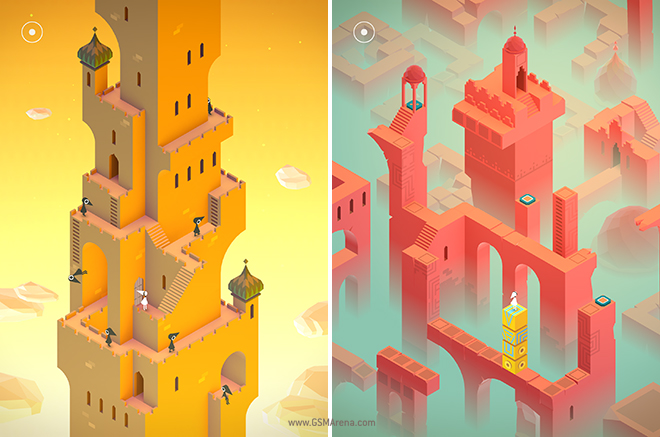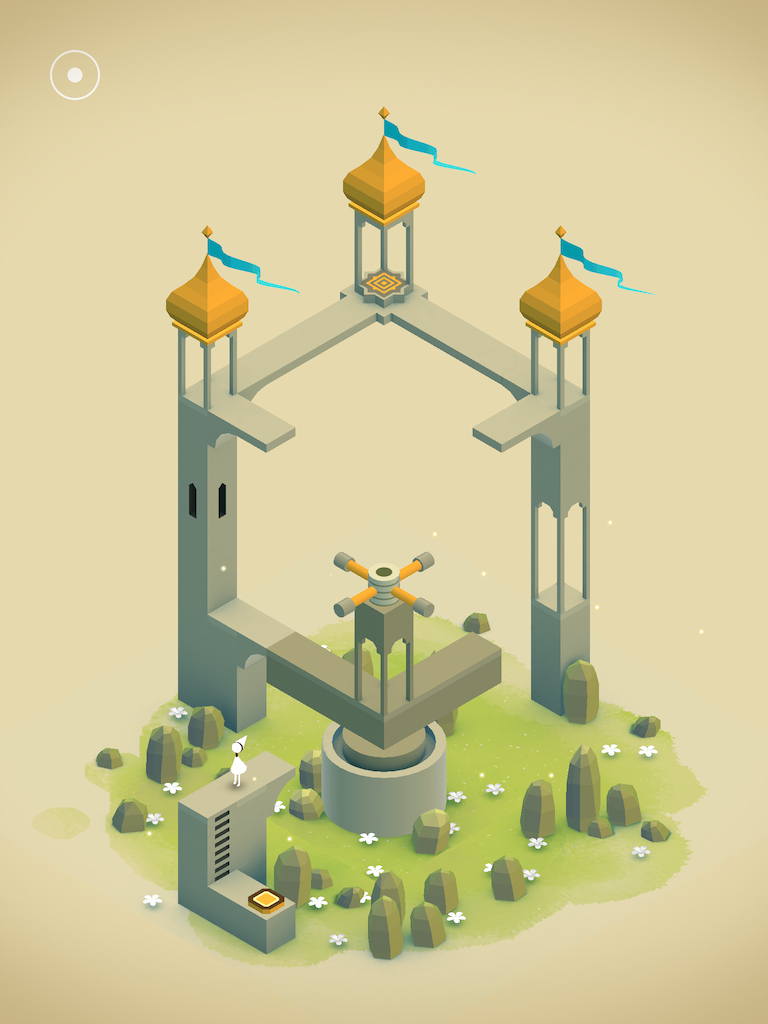Monument Valley is a visually stunning puzzle game that challenges players to navigate a world rich in optical illusions and impossible geometry, all centered around the character Ida. The gameplay heavily relies on manipulating perspective shifts to alter the environment, allowing players to create paths and connections that defy traditional spatial logic. Here, we can explore the primary mechanics that enable this gameplay and emphasize the importance of perspective in solving puzzles.
Key Mechanics of Perspective Shifts:
1. Rotating the Level:
The game allows you to rotate the entire level around a fixed viewpoint. This rotation reveals new connections between platforms, which seem disconnected from one angle but align perfectly from another. By focusing on the reorientation of structures, players can transform apparent dead-ends into viable pathways, thus enabling Ida to traverse between areas that otherwise seem unreachable.
2. Aligning Impossible Geometry:
Monument Valley is carefully designed on a strict isometric grid system characterized by specific angles (30°, 120°, and vertical). This geometric design supports the creation of illusions where separate areas of the level line up perfectly when viewed from the right perspective. Players must learn to identify these moments of alignment, where perspectives coalesce to create seamless paths.
3. Using Movable Objects:
Certain puzzles within the game require the manipulation of objects known as Totems. These movable pieces can be repositioned to bridge gaps or create new pathways when viewed from the right angle. Adjusting these objects in conjunction with the overall level rotation is crucial for solving specific challenges.
4. Changing Viewpoint to Solve Puzzles:
Many puzzles hide pathways or obstacles that are not visible or are blocked from one perspective. To uncover these hidden routes, players must actively engage in perspective changes, effectively altering the “rules” of the game’s world physics. This exploration broadens the way players think about movement and spatial reasoning, pushing them to consider multiple views and possibilities.
Importance of Perspective in Monument Valley:
The mastery of perspective is crucial to success in Monument Valley. Players are encouraged to engage with the environment not merely as a fixed 3D space but as a dynamic, visually-representative series of shapes and pathways. Observing and calculating how shapes fit into the overall design from various angles transforms the gameplay into an intricate dance of strategy and spatial awareness.
Effective navigation requires not just trial and error but a keen sense of observation, allowing players to recognize potential pathways and alignments that may not be immediately apparent. This cognitive shift—thinking beyond standard 3D interpretations to embrace visual tricks manifested by perspective changes—is fundamentally what drives the game’s unique charm and challenge.
By fully embracing these mechanics, players can experience the beauty and creativity of Monument Valley, continually inviting them to explore new dimensions within an otherwise seemingly straightforward environment.






Leave a Reply